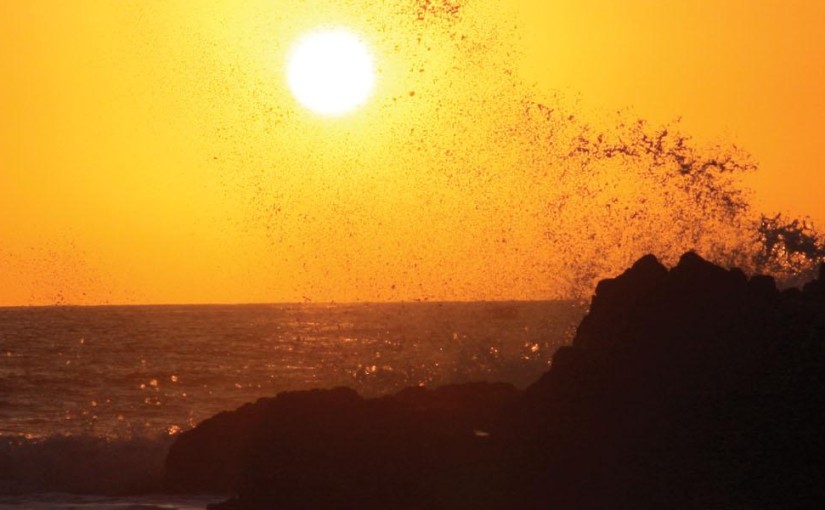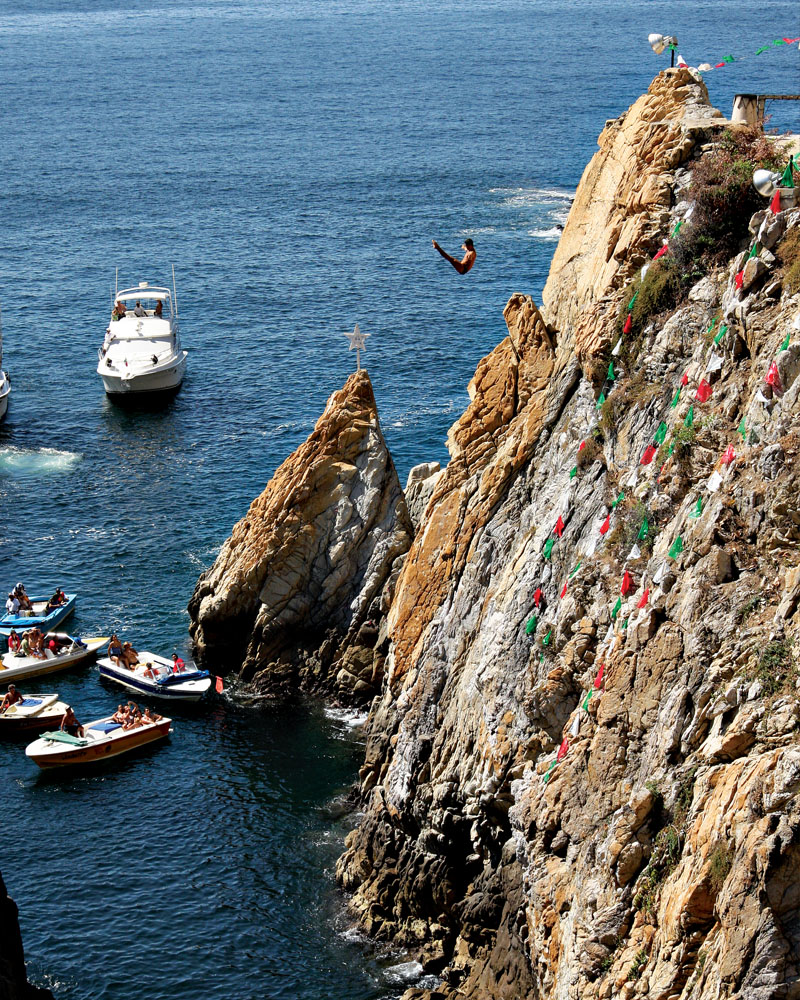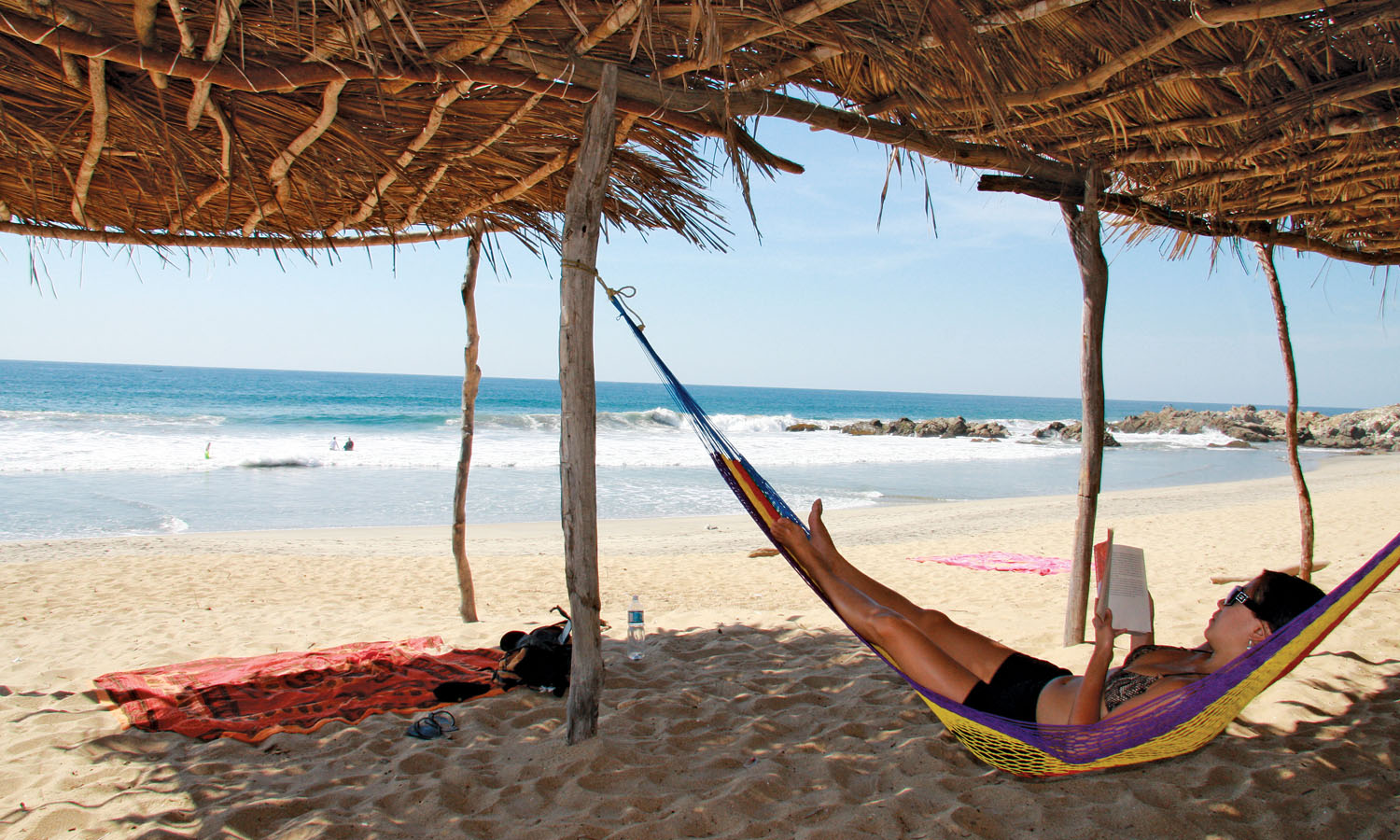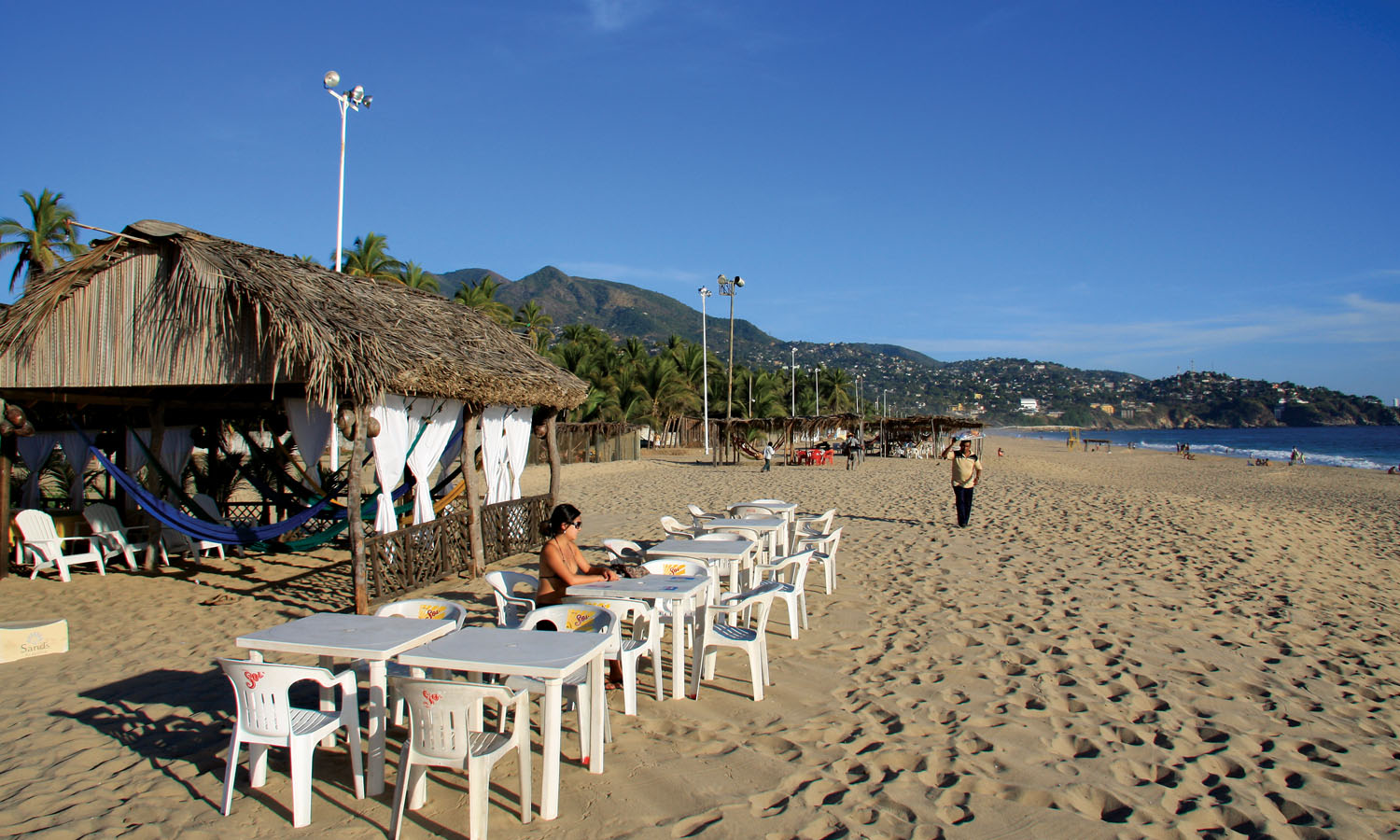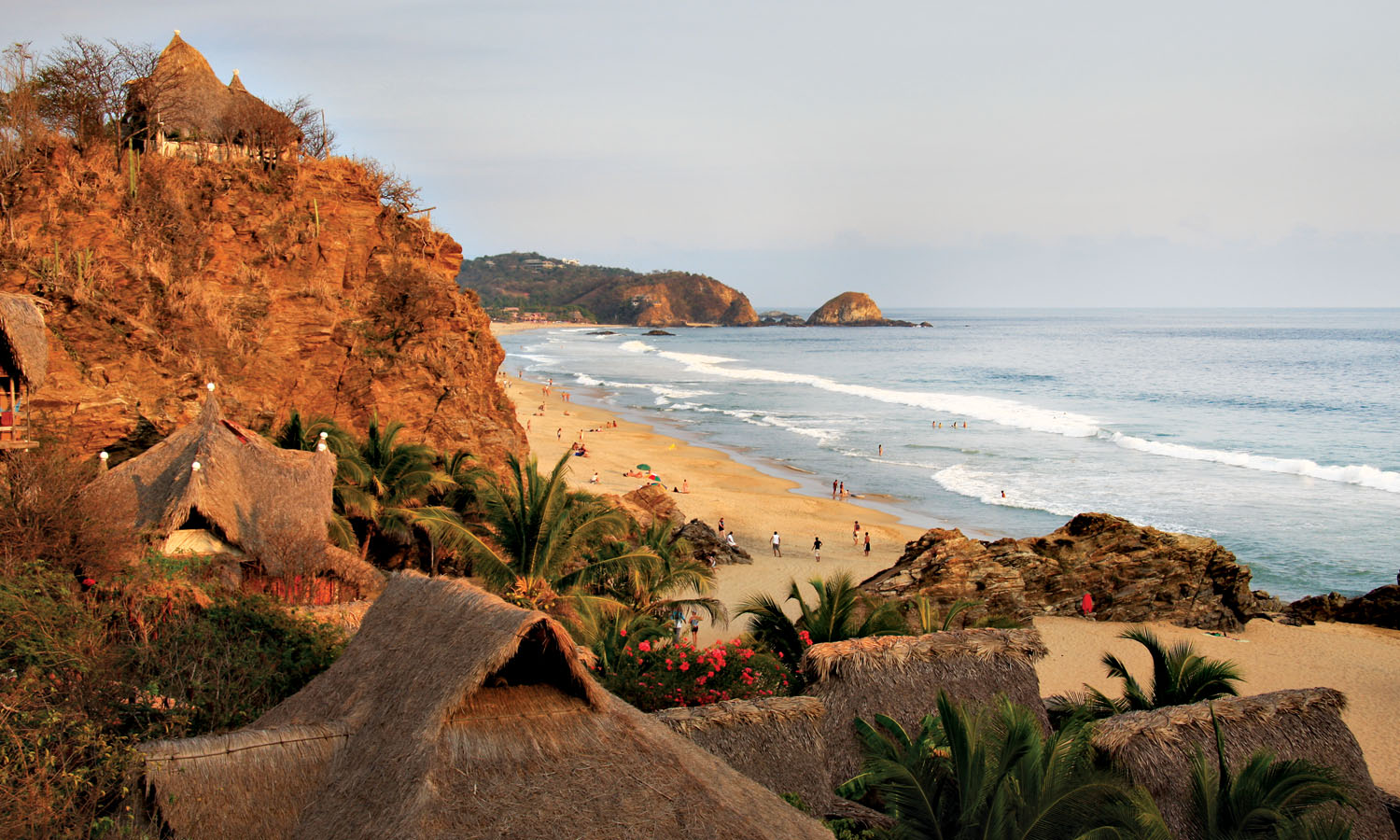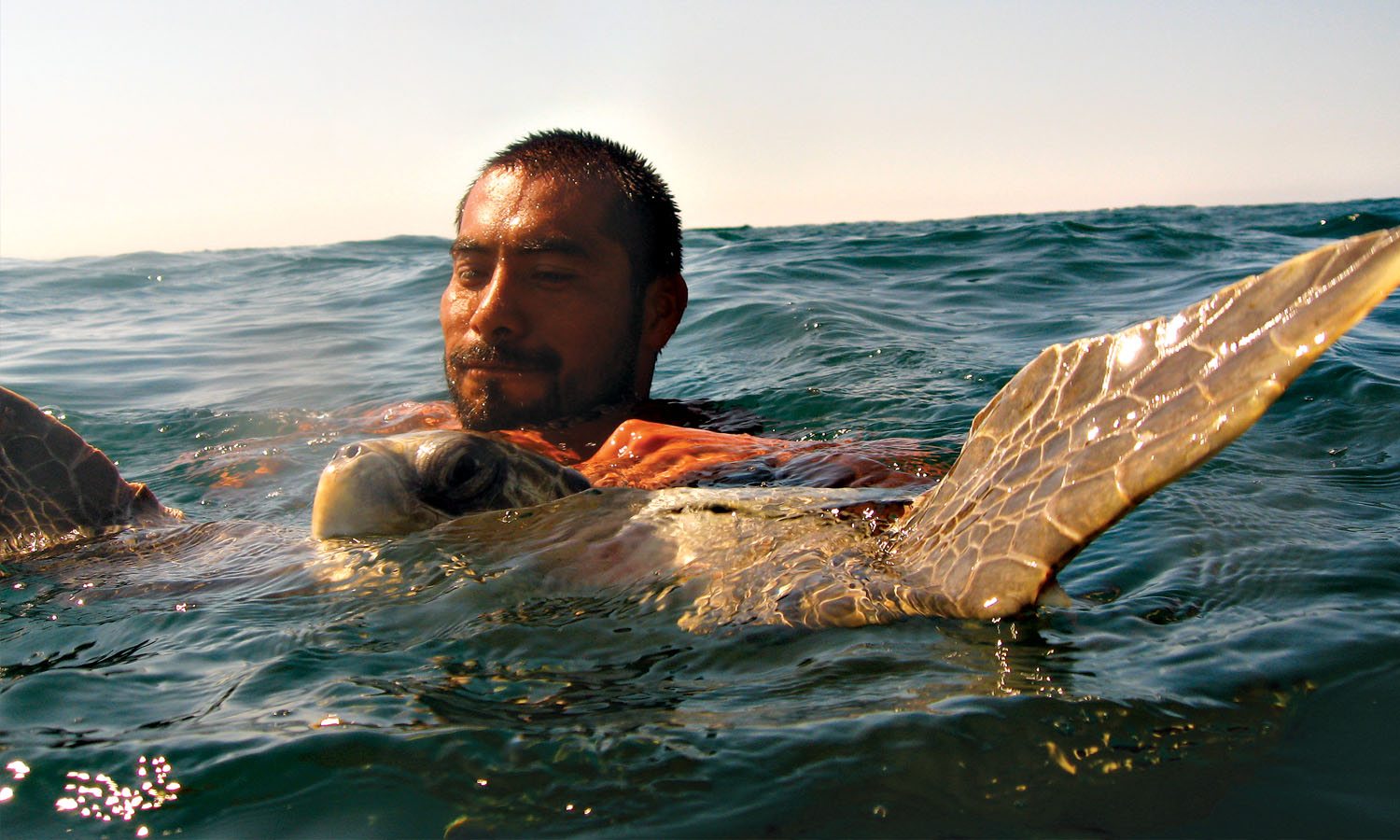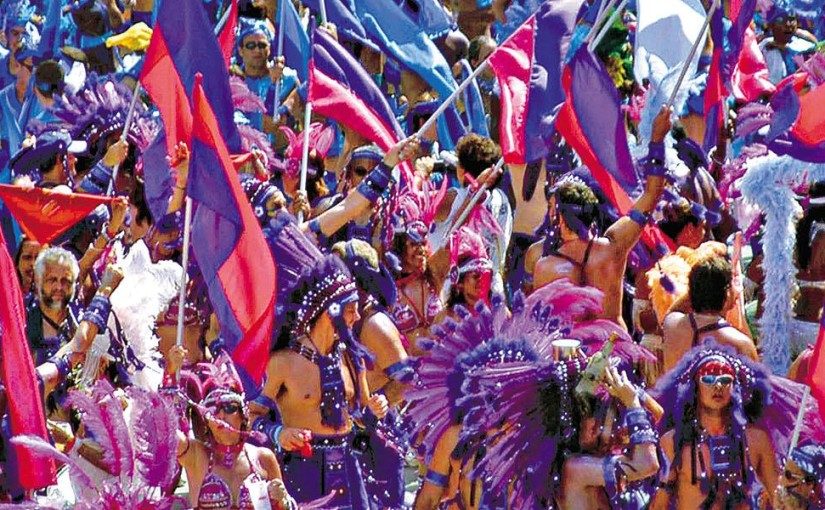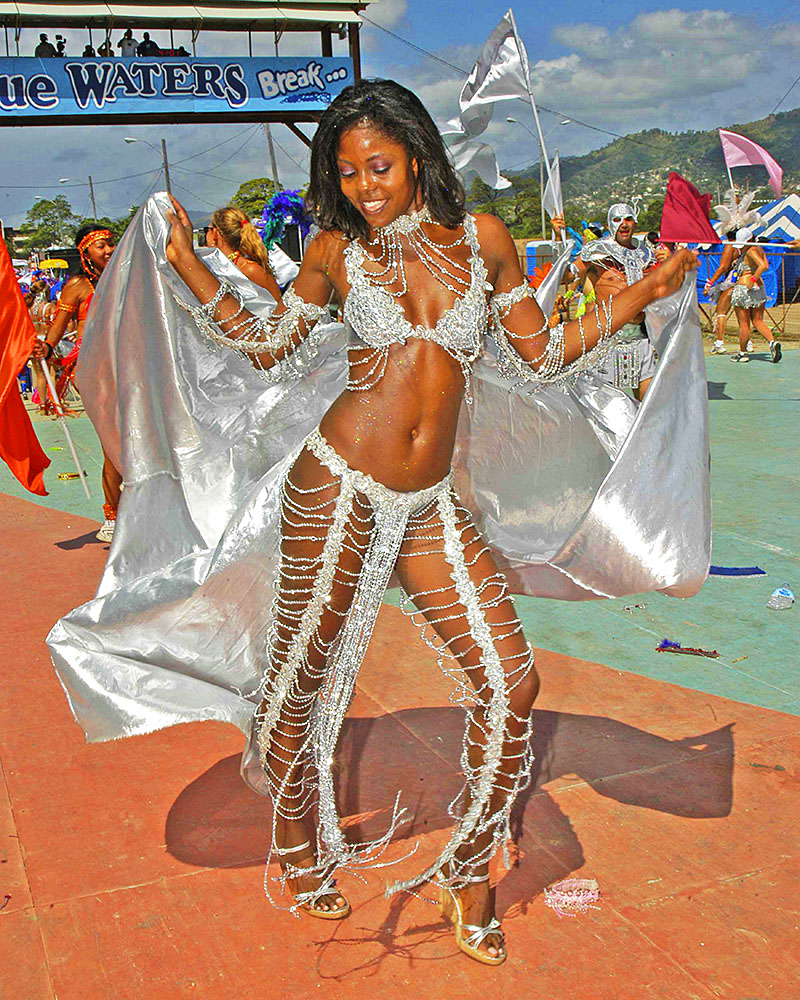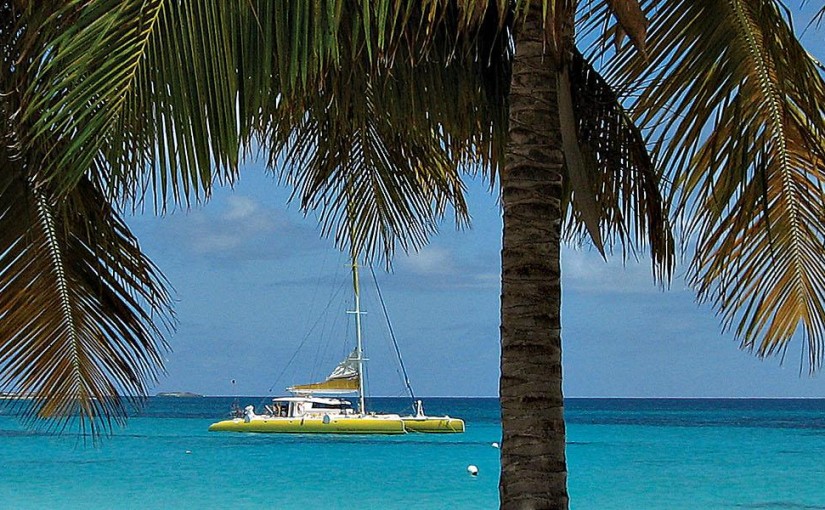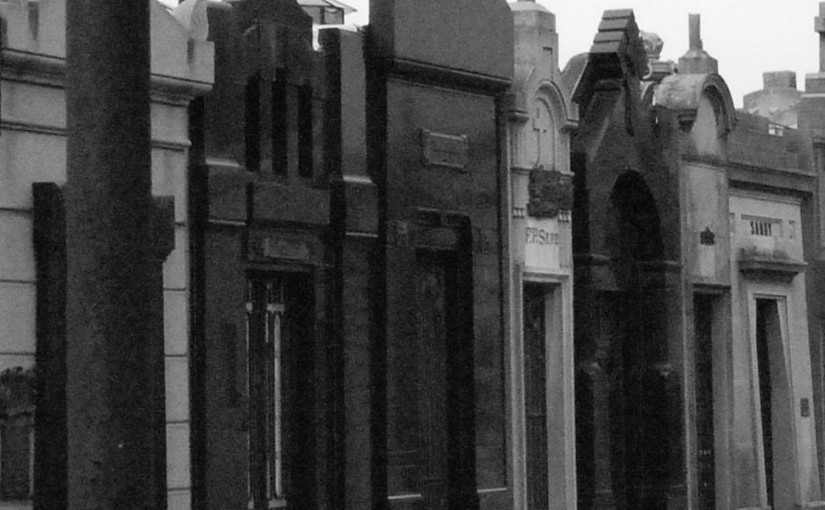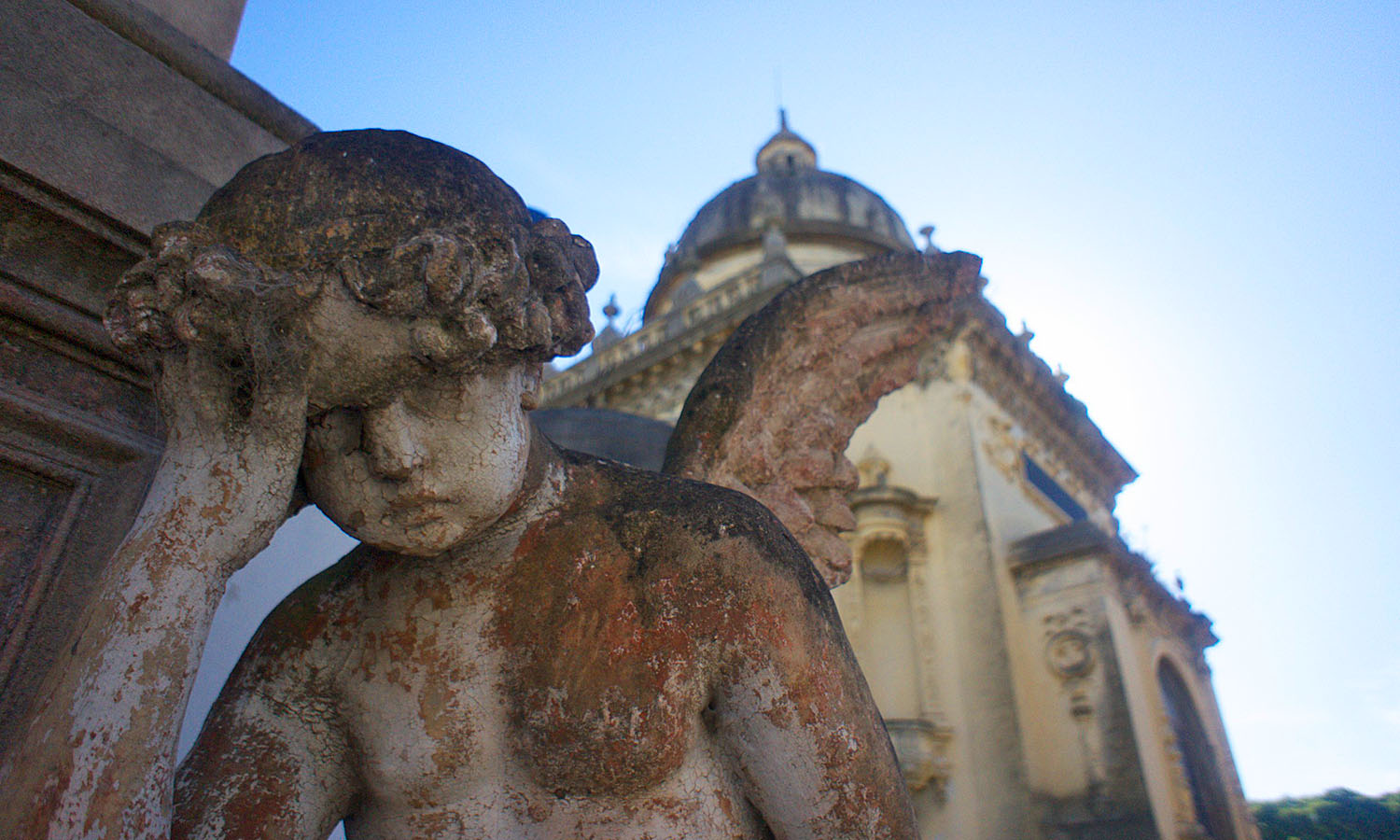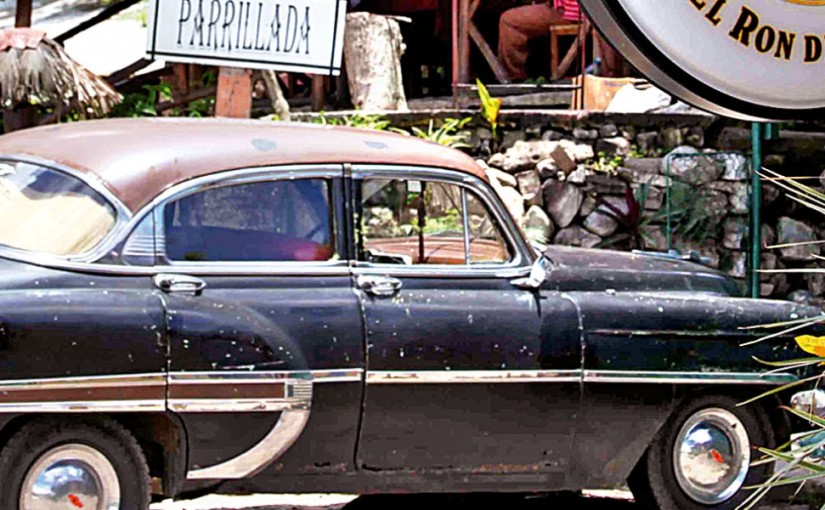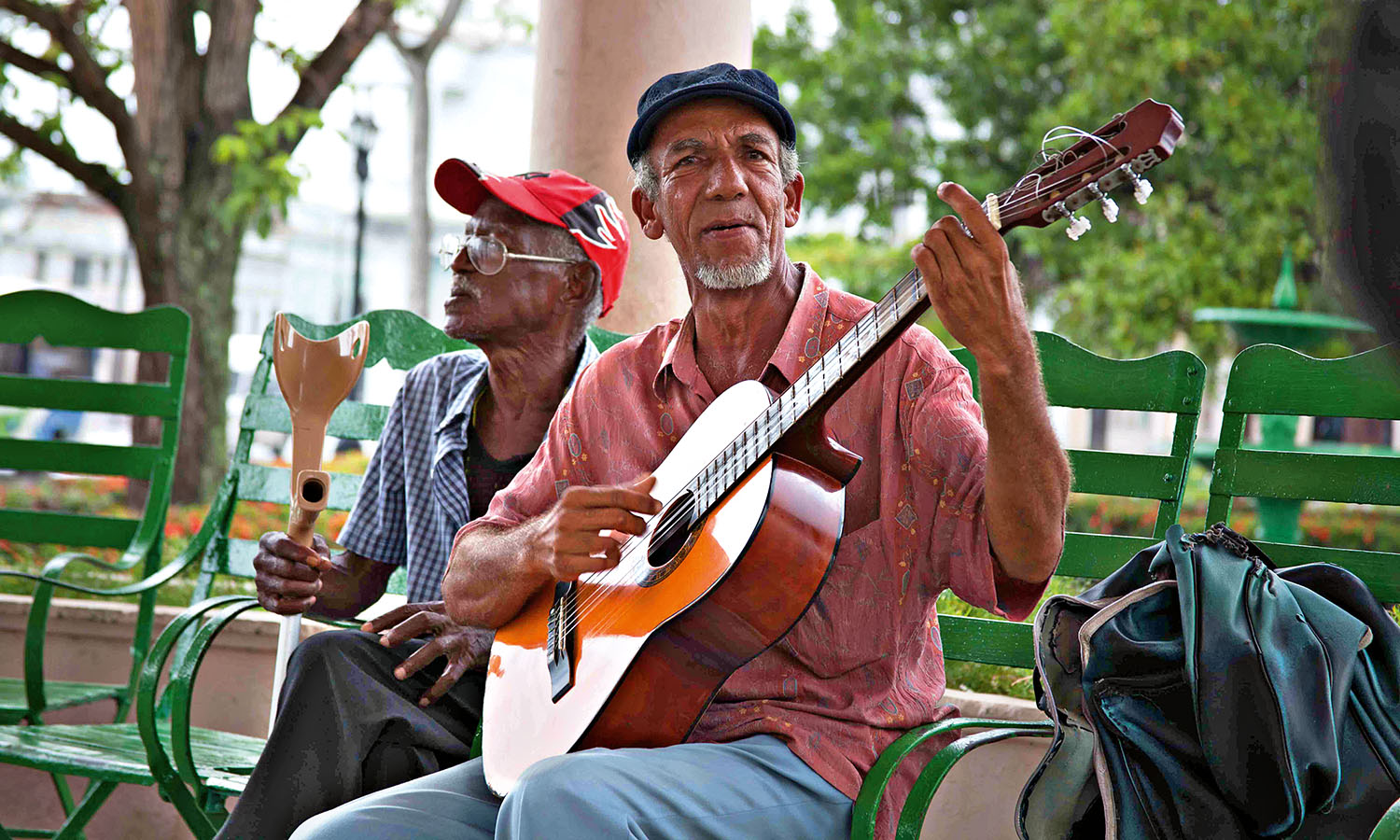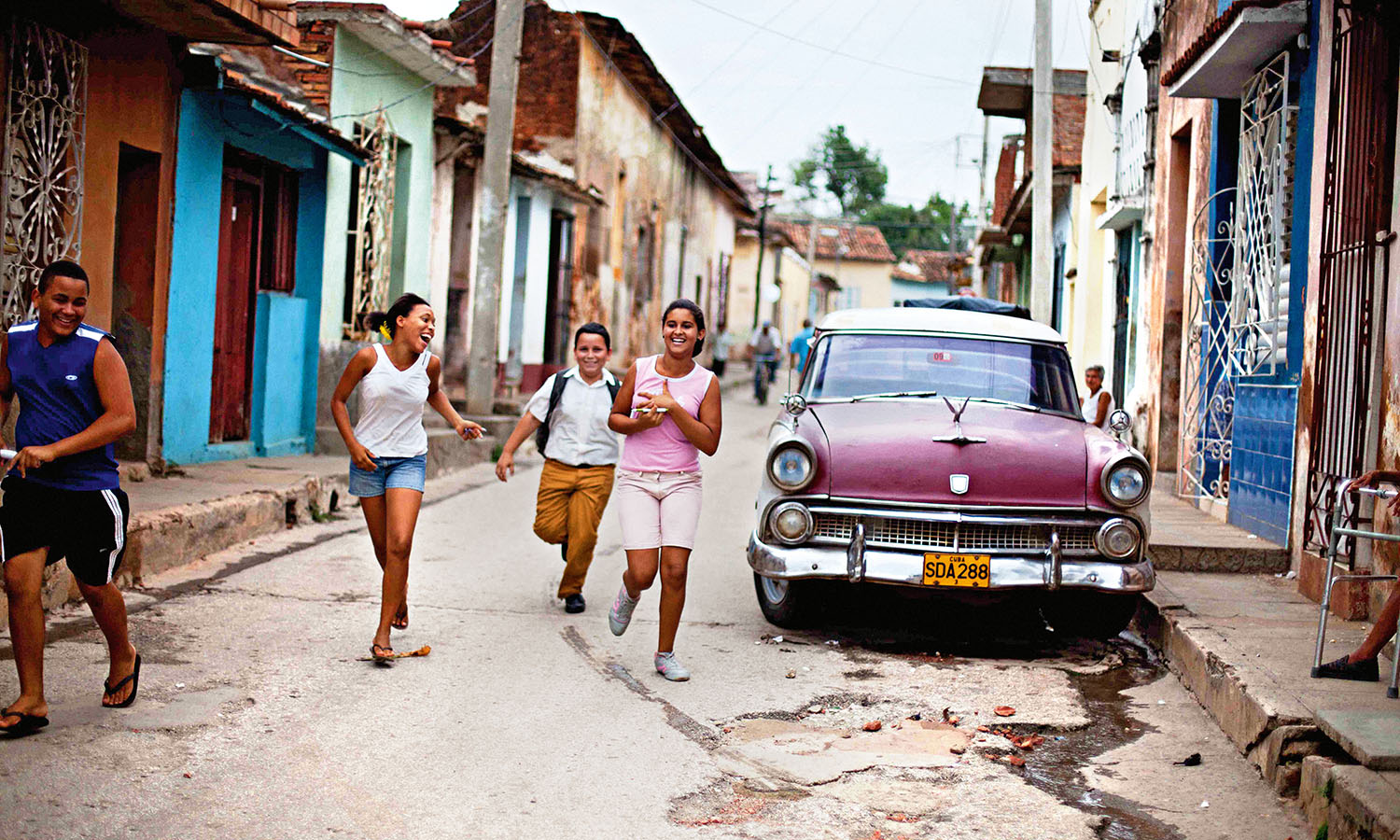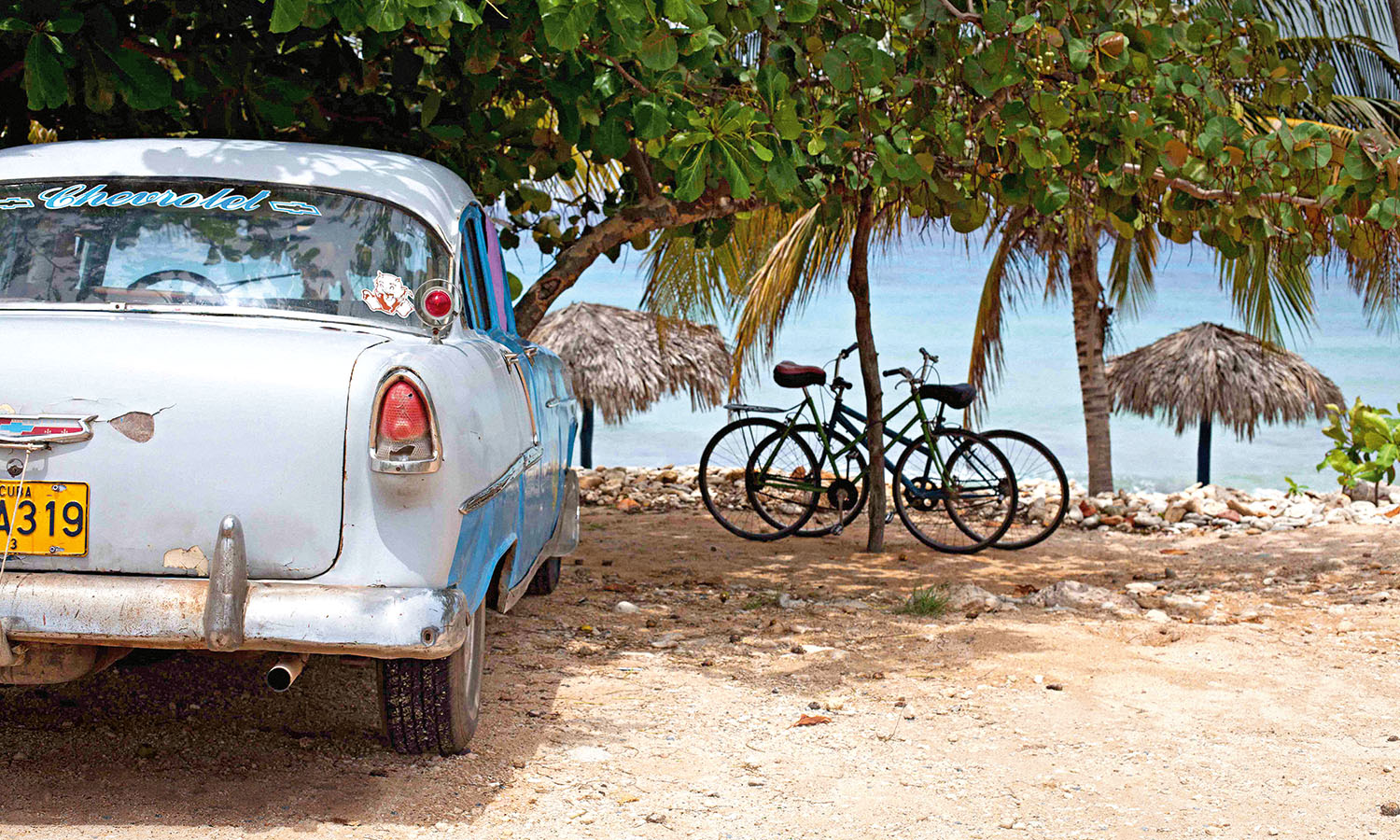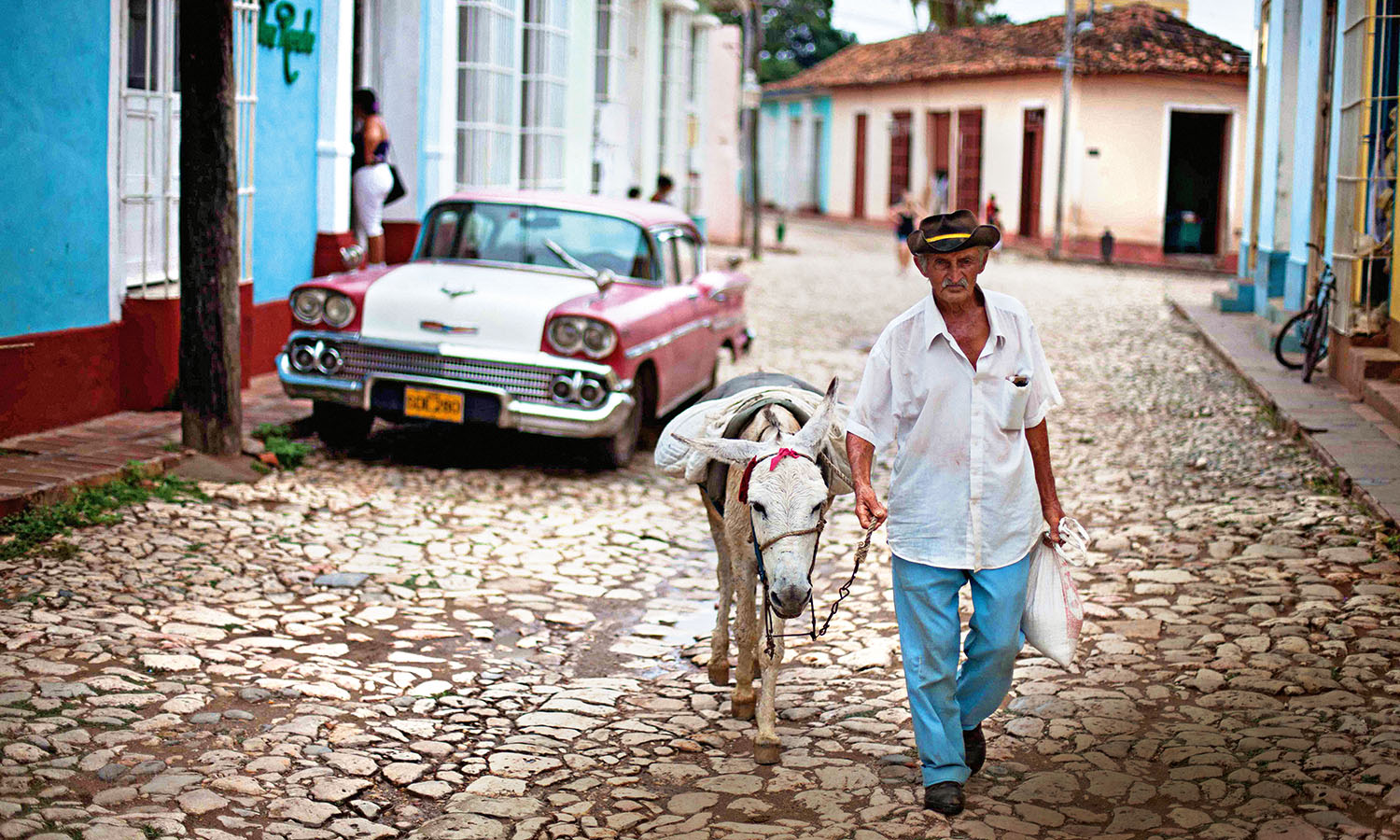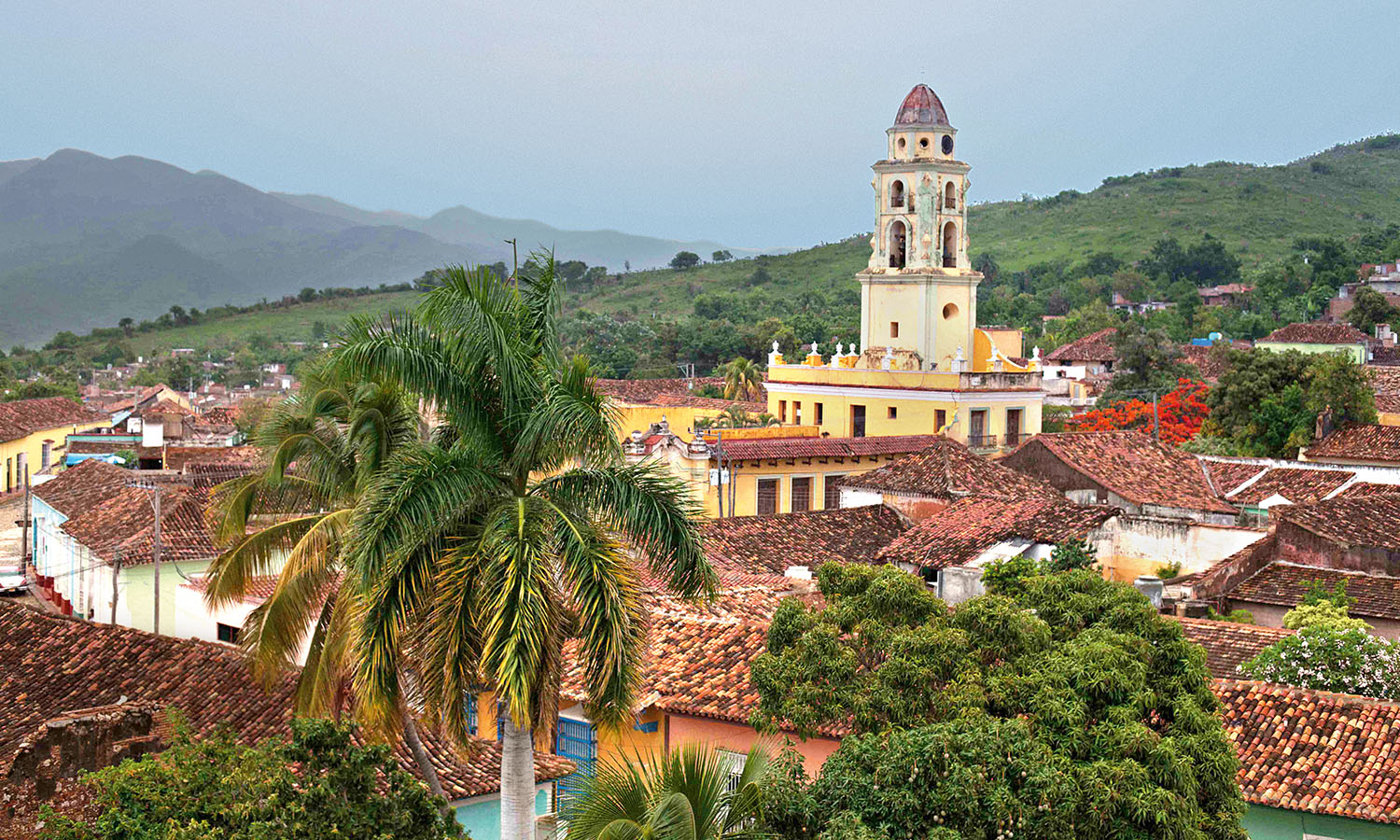We’re here during wet season and the sky has once again turned the colour of ash. Horses pulling carts clop down streets slick with rain. Vintage cars that are slowly being devoured by rust flank footpaths. On a Saturday afternoon, strolling the well-ordered city centre, we notice bars filled with men drinking beer and watching baseball on television.
In Parque José Martí, the town’s main square, two old men sit beneath a glorieta (bandstand), taking shelter from the weather. One wears a flat cap and plays guitar, the other clutches a walking cane. Unexpectedly, they serenade us with a song about the revolutionary days of Che Guevara. It’s a moving moment that conjures memories of Buena Vista Social Club.
As a farewell to Cienfuegos, Sánchez invites us to dinner at Hostal Casa Azul. Her brother, known simply as ‘The Pope’, is preparing fresh lobster. Most casa particulares will ask for your dinner request in the morning, but the majority also gladly cook anything you buy from local street vendors or the market.
“I love Cuba,” says Sánchez while we sit at the kitchen table and plough steadily through a bottle of rum. “I would always come back here, but I wish we could travel.”
During the trip, this will become a common conversational theme. Education and health care are free here, but most Cubans only earn an average of between US$15 and $25 a month, essentially making them prisoners on their own island, as beautiful as it may be. The night ends in a haze and laughter as The Pope and I pose for photos with giant cigars. He gives me one to keep as a parting gift.
Back on the road, we trundle sheepishly past ubiquitous hitchhikers, a salsa CD picked up from a bar in Havana providing the soundtrack. Our car, not unlike the one driven by Bob Sala in the film adaptation of The Rum Diary, is barely large enough to accommodate the three of us and our backpacks, never mind any additional passengers.
Lush plantations flank either side of the crater-ridden ‘freeway’. We pass through villages where pensioners sit on porches and pigs are tied to trees in front yards. Farmers in cowboy hats drive tractors with thatched roofs. Men in ragged singlets hold pineapples aloft for sale on the roadside. Vintage Buicks are crammed with entire families sitting on one another’s laps.
Although Trinidad is just 80 kilometres from Cienfuegos, it takes several hours to get there. Built on sugar fortunes and slavery, the Spanish colonial jewel is characterised by undulating cobbled streets bordered by peeling pink, pistachio and other pastel-hued houses.
 (
(
